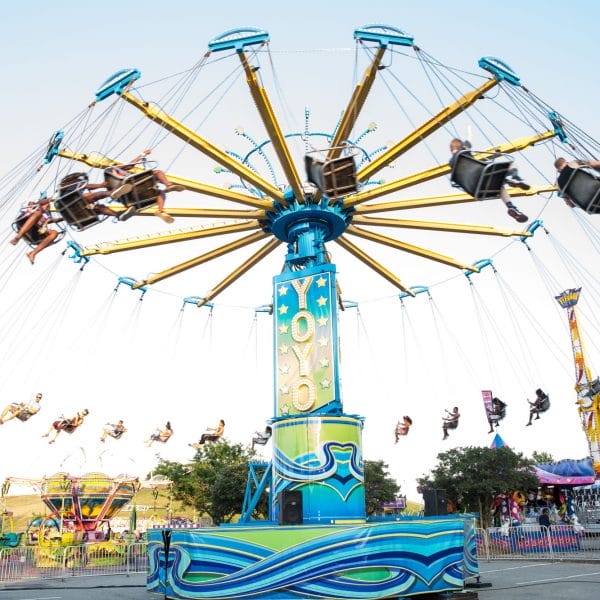Handedness in Children
Aubrey Bailey, PT,DPT,CHT is a hand therapist at the West Point location of Tidewater Physical Therapy Inc. When Aubrey’s not in the clinic, you can find her spending time with her three children, serving as worship director at Kentwood Heights Baptist Church, where her husband is the Associate Pastor, and regularly playing the piano.
Have you wondered if your child is right-handed or left-handed? This preference takes several years to develop, and may not be readily apparent early in life.
There are several types of handedness. Right-handedness is most common, and describes a person who uses their right hand with the most ease. The opposite is true for left-handedness. Mixed-handedness is a term less commonly used. This describes a person who is able to perform different tasks better with different hands. This term is confused with ambidexterity – the ability to perform any task equally well with either hand. True ambidexterity is extremely rare.
Early signs of hand dominance can be observed in your infant. Once your child is able to sit on his own, he is able to use his hands to reach and play without needing them for support. Around age 2, you may notice that your child tends to stabilize an object with one hand while manipulating it with the other. The hand that is more active may become the dominant hand.
Between ages 3 and 6, hand preference becomes more evident. Children learn to write with their dominant hand. Many children initially write their words backward – called “mirror writing”, however this challenge may persist longer for those who are left-handed. Writing is a pulling motion – the arm pulls from left to right as we write. For left-handed people, writing is a pushing motion, requiring more practice to master. Evidence also suggests that left-handed people process visual information from right to left, while the opposite is true for right-handed people. This can contribute to prolonged mirror writing in left-handed people.
Whether your child is right or left handed, you can help your child develop his fine motor and pre-writing skills with fun activities at home.
Here are some suggestions:
-
scribble with a variety of writing utensils
-
coloring with broken crayons to encourage proper grasp and prevent your child from holding it in his fist
-
sculpt with clay or play-doh
-
string beads
-
“draw” in shaving cream, finger paint, sand, hair gel
-
For “less mess” put it in a gallon bag, squeeze the air out and “draw” through the plastic surface
-
trace straight lines, zigzags, basic shapes and eventually letters
-
complete “dot-to-dot” puzzles
-
make letters out of macaroni or cereal pieces
-
cut with scissors – straight lines, basic straight-edge shapes, then circles and pictures
If you have concerns about your child’s motor development, a pediatric occupational or physical therapist can help. Talk to your pediatrician or contact the American Occupational Therapy Association www.aota.org or American Physical Therapy Association www.apta.org for more information.
Looking for local family fun this summer? Be sure to check out our lists of Activities, Athletics, Resources and of course our Daily Calendar of FUN in Hampton Roads!





